 |
| November 11, 2020 |
 |
| Policy & Ethics We Finally Have a COVID Strategy The Biden-Harris plan is vastly better than Trump's "you're on your own" approach—but it's not perfect By Steven W. Thrasher | |
| |
| |
| |
| |
| |
| |
| |
| Evolution Zebra Coloration Messes With Fly Eyes Horseflies misjudge landing on zebra patterns compared with solid grey or black surfaces, which provides evidence for why evolution came up with the black and white pattern. |  | By Mark Stratton | 03:36 | | | |
| |
| |
| |
| |
FROM THE STORE
 | | | |
| |
FROM THE ARCHIVE
 | | | |
LATEST ISSUES
 |
| |
| Questions? Comments?  | |
| Download the Scientific American App |
| |
| |








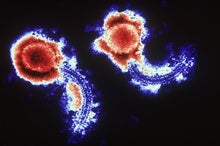





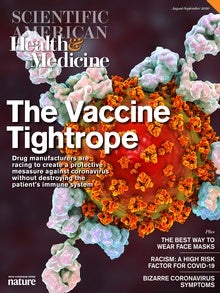



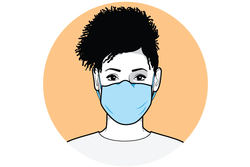
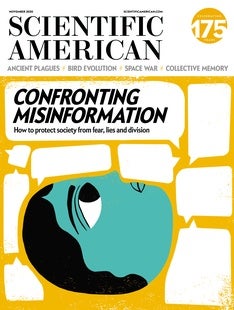



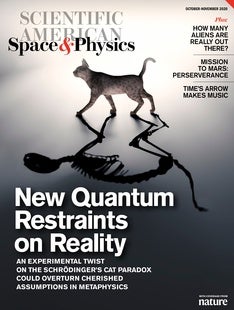



Comments
Post a Comment